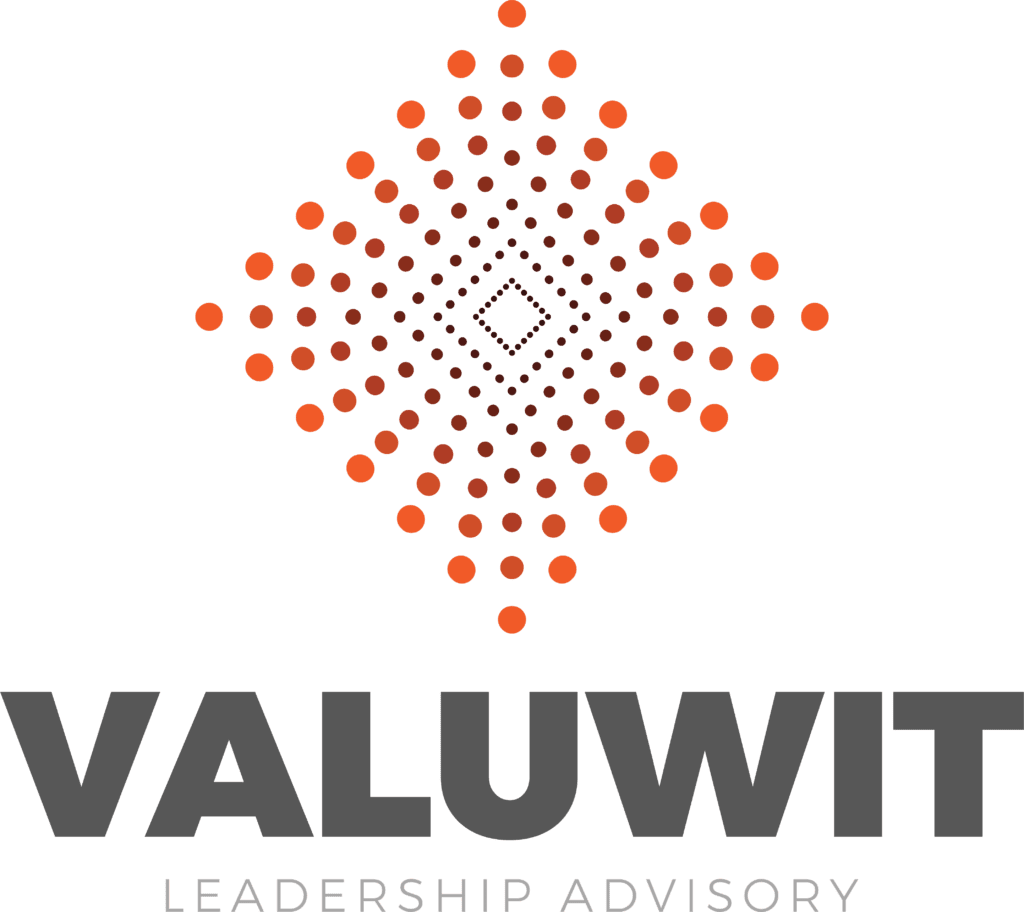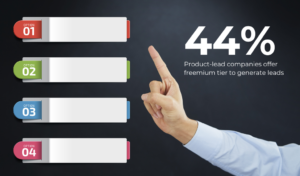Product-Led vs Sales-Led: Which Is Better for a Tech Startup?
As a tech or software-as-a-service (SaaS) business, you’ll need to decide whether your growth strategy is based on a product-led or sales-led approach.
Product-led is when the product itself is the driving force behind customer acquisition and growth. Customers experience the value of the product through self-service options like free trials or freemium models. They can learn and explore at their own pace.
Sales teams tend to play a lesser role in initial acquisition but might be involved in upselling, cross-selling, closing larger deals, or providing support to high-value customers.
On the other hand, sales-led is when the sales team takes the lead in driving sales, typically through direct outreach to leads and building customer relationships.
The sales team in this approach guides potential customers through the product, highlight its benefits, and address any concerns. There’s a stronger focus on hand-holding and personalized interaction. Sales-led is often the approach for selling complex enterprise-level software.
Both, sales-led growth (SLG) and product-led growth (PLG) have their advantages and disadvantages.
Paddle, a SaaS provider, surveyed 760 SaaS companies across the globe and found that 62.5% reported being SLG, while 37.4% were PLG.
The complexity of your software, how intuitive it is, the size of your team, the—current or planned—global reach of your business, how knowledgeable your customers are about the product, and how it solves their problems are all contributing factors to deciding whether your tech company should be sales-led or product-led.
That said, Software provider Pocus conducted a similar survey and found that the majority of companies are shifting towards a hybrid model.
Moreover, many companies tend to shift gears between the two, where they start with a sales-led approach during the earlier launch and growth phases, then shift to product-led when the brand is well-established.
It’s worth mentioning that you may choose to begin with a sales-led growth strategy and, as your product grows, you may turn to a PLG strategy. You may also attempt to combine SLG and PLG.
Sales-led growth strategy: Pros and Cons
SLG works better for complex, advanced, and multi-faceted software companies. Tech companies whose main target audience are enterprise customers tend to be sales-led.
Despite assumptions that there are many more product-led than sales-led companies, a survey of 30,000 SaaS companies by market data provider Goodfit, shows that over 70% of the market follows an SLG approach, at least at the beginning.
One of the huge advantages of this approach is human involvement. According to Pocus’ survey, 52% of 200 respondents preferred human interaction during the purchase and onboarding process.
Even more, companies following a hybrid model said that 56% of their sales come from a sales-led approach.
Paddle’s study has also shown that 69% prefer to follow an SLG approach during their go-to-market stage, with some shifting to PLG afterward.
Sales-led however comes with its own set of drawbacks, starting with the higher cost of developing, managing, and maintaining a skilled sales team.
Another issue is the slow sales cycle. It can be quite long, lasting from three to twelve months. The process often involves multiple interactions like demos, presentations, and negotiations. This can take time, especially for complex products or larger deals.
Scalability comes next. A sales team can only reach so many potential customers. You’ll also need to hire in every country you wish to expand to.
Even if a business isn’t sales-led. In many tech businesses, once the initial sale is complete, the company tends to rely on its customer success or support team to both support customers as well as sell upsell, essentially shifting to an SLG approach.
Read also: 2023 Infographic Recap: B2B Pricing Strategies
Product-led growth strategy: Pros and Cons
A product-led strategy often involves a self-service model, where customers sign up and begin using the product instantly. This reduces the friction of customers having to book a demo, a turn-off for many sales-led businesses, to explore the product.
Around 44% of product-led companies use free trials or even a free tier to drive leads and give customers a taste of the product, according to Paddle’s report. It’s because of this that most product-led companies use freemium as their top pricing strategy.
The same report also highlights that 60% of all PLG companies offer a tiered service to attract a wider range of clients, from small startups to large enterprises.
While hybrid tends to be an emerging trend, Most companies with a PLG strategy still rely on their product to drive their customers towards upgrades and add-ons, without human intervention.
For example, with a freemium model, customers can use a product’s free version as long as they need with no pressure to upgrade. However, once they need more features, the choice to upgrade becomes the natural choice.
Although the lack of human contact is often seen as a perk in product-led companies, it can sometimes be a downside. It may result in many customers dropping out of the funnel or not completing the sale.
Low conversion is another common disadvantage. In freemium and free-basic tier models, customers with basic needs may never upgrade.
A good example of this is the graphic design software Canva. Canva uses a freemium pricing model where customers may use many of the software’s basic for free. For some, this can be all they need.
Other disadvantages include the scarcity of high-ticket customers. Selling expensive plans or additional tasks without direct sales involvement becomes extremely difficult.
Intense competition and a high churn rate are also common drawbacks to a purely product-led approach. Unless a product offers unique features, most PLG targets a large audience and, thus, tends not to be user-specific, making it easier for other companies to convince your users to shift to their product.
Sales-led vs product-led: Which is better for a tech startup?
Ultimately, the most suitable model depends on the nature of the product, the target audience, and the company’s resources and strengths.
That said, most studies suggest a hybrid model that relies on both approaches at different product growth stages or even in tandem.
An example of that is offering tiered pricing with an enterprise version that includes the sales team involvement. Marketing solutions provider HubSpot is an example of that.
An example of a company that follows a PLG strategy is Gameball, a customer engagement and retention platform e-commerce business. It offers a 14-day free trial and then a growth plan based on the number of customers.
On the other hand, restaurant reservation management software SerVme uses an SLG approach. They offer a complex restaurant platform that covers reservations, waitlist management, and marketing tools.






